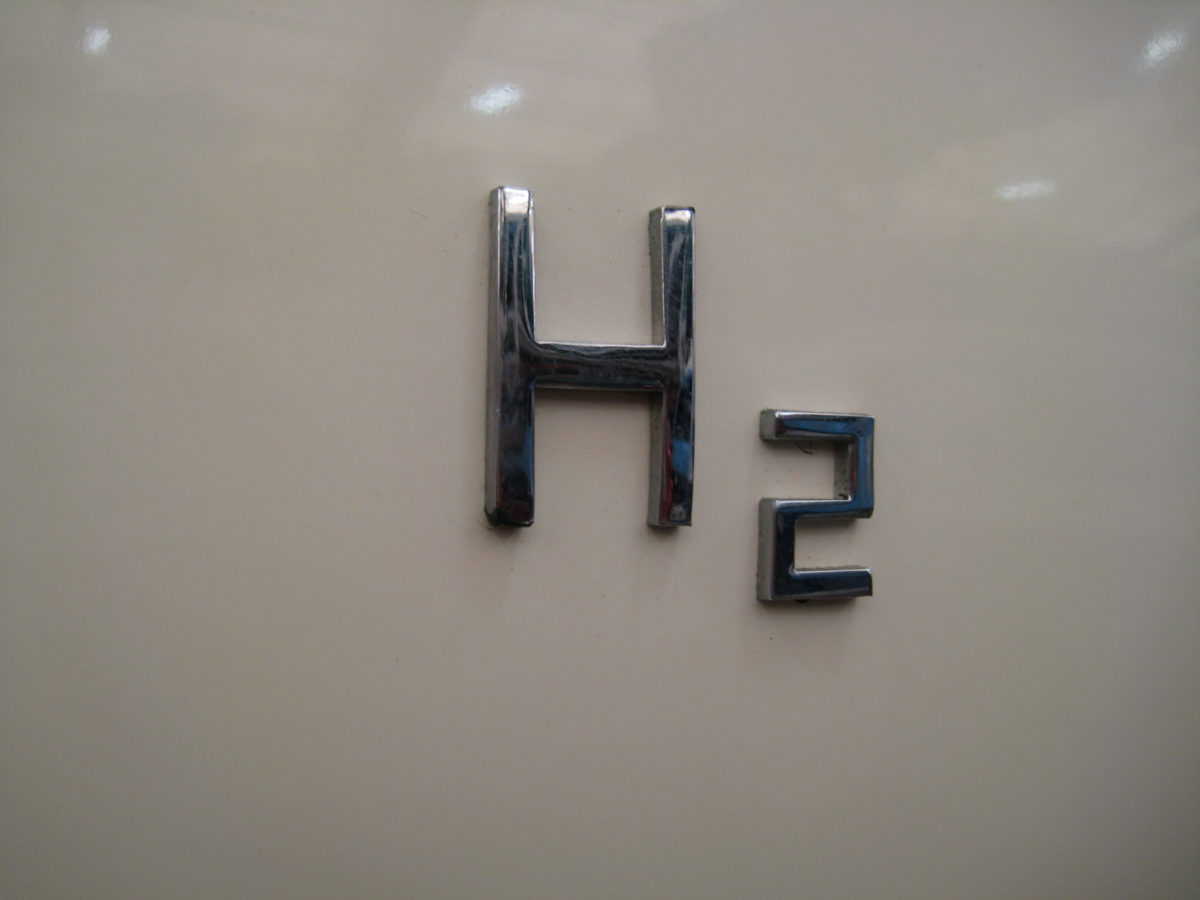The price of hydrogen produced via renewable energy could be nearly halved by 2050 in Europe and the United States, according to a new report by the International Council on Clean Transportation.
The authors of “Assessment of Hydrogen Production Costs from Electrolysis: United States and Europe” claim that previous reports on green hydrogen prices have only considered system costs associated with electrolyzer capex and the supply of power to operate electrolyzers.
“In this study we assume plant costs originate from the electrolyzer capex, electrolyzer replacement (if necessary), electricity, water, piping, compressor capex, on-site (short-term) storage, and other fixed opex costs – ultimately we assume that this plant would be connected to a distribution pipeline,” they explained.
The study only considers three generation technologies – solar PV, onshore wind, and offshore wind – for hydrogen generation. For the electrolysis, alkaline electrolyzers (AE), proton exchange membrane (PEM) and solid-oxide electrolyzers (SOE) are taken into account.
The researchers said that under all of the proposed scenarios, the green hydrogen price was calculated depending on geographic location. Significantly cheaper prices are identified in favorable locations.
Grid connections
In one of the three scenarios described in the study, “Grid Connected,” the average price of green hydrogen in the United States is expected to drop from $8.81/kg at present to $5.77/kg by 2050, and from $13.11/kg to $7.69/kg in Europe. This scenario assumes that electrolyzers are grid-connected and are able to generate hydrogen gas at a 100% capacity factor.
“If the electrolyzer is grid-connected it is assumed that the business would contract either with a utility or directly to electricity generators through long-term power purchase agreements to procure only renewable electricity,” the council said. “We estimate the electricity price the business would pay as the price of electricity generation plus transmission and distribution charges.”
According to this trajectory, although the United States shows better performance for average prices, lower prices are expected to materialize in Europe, where the lowest price is expected to fall from $4.83/kg at present to $3.21/kg by 2050. In the United States, by contrast, the lowest price is expected to be almost a dollar higher at $4.15/kg, from $6.06/kg currently.
Direct connections
In another scenario, “Direct Connection,” it is assumed that electrolyzers are not connected to power networks and are instead linked directly to renewable energy power plants. This means that final hydrogen prices are lower, as there are no costs for transmission and distribution.
“However, the intermittency of the renewable electricity generator means that the electrolyzer’s capacity factor is equal to the generator’s capacity factor,” the council said.
Under this scenario, the average price in the United States would fall from $10.61/kg to $5.97/kg, while the minimum price would drop from $4.56/kg to $2.44/kg. In Europe, the minimum price is expected to be even lower at $2.23/kg, from $4.06/kg at present, with the average price set to fall from $19.23/kg to $10.02/kg.
Curtailed electricity
In the third scenario, electrolyzers are grid-connected but are assumed to act only as load-balancing assets or storage units. “We assume that in times of high renewable generation some energy would need to be curtailed at zero $/kWh,” the council said. “We recognize that the number of hours per day that curtailed energy would be available would vary enormously by location and across time.”
Average green hydrogen price would drop from $11.02/kg in 2020 to $5.92/kg by 2050 in the United States and from $10.85/kg in 2020 to $6.08/kg in Europe. The lower price is predicted to decline from $6.10/kg to $4.75/kg in the United States and from $5.97/kg to $4.67/kg in Europe.
Other projections
The study also analyzed recent projections made by BloombergNEF, the International Energy Agency (IEA) and the International Renewable Energy Agency (IRENA).
BloombergNEF, for example, expects more optimistically that green hydrogen price will fall to $1.4- 2.9/kg by 2030 and $0.8-1.0/kg by 2050. “These figures ignore important system costs that are associated with building out a fully operational H2 electrolysis plant and only focus on the electrolyzer capex costs and costs associated with the purchase of electricity and water,” the council wrote.
Under the IEA forecast, which is also said to ignore important system costs, average prices would be slightly higher by 2030 than those presented in the council study.
IRENA, which looks at green hydrogen prices within the context of different electrolyzer and electricity costs, also ignores significant system costs, according to the council. The lower prices indicated in IRENA’s analysis are considered misleading, as they are based on an overly optimistic analysis of future power prices.
This content is protected by copyright and may not be reused. If you want to cooperate with us and would like to reuse some of our content, please contact: editors@pv-magazine.com.




2 comments
By submitting this form you agree to pv magazine using your data for the purposes of publishing your comment.
Your personal data will only be disclosed or otherwise transmitted to third parties for the purposes of spam filtering or if this is necessary for technical maintenance of the website. Any other transfer to third parties will not take place unless this is justified on the basis of applicable data protection regulations or if pv magazine is legally obliged to do so.
You may revoke this consent at any time with effect for the future, in which case your personal data will be deleted immediately. Otherwise, your data will be deleted if pv magazine has processed your request or the purpose of data storage is fulfilled.
Further information on data privacy can be found in our Data Protection Policy.